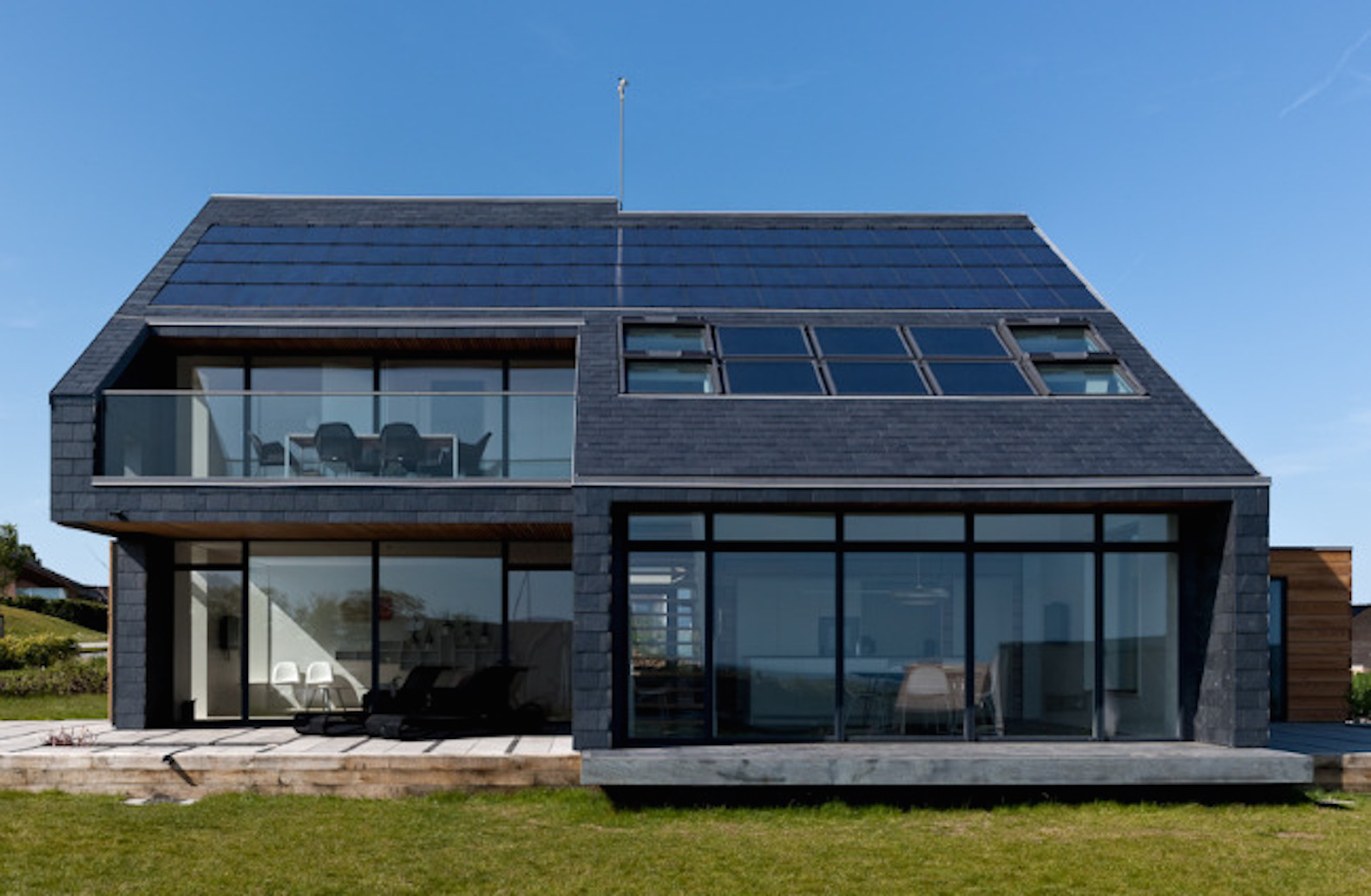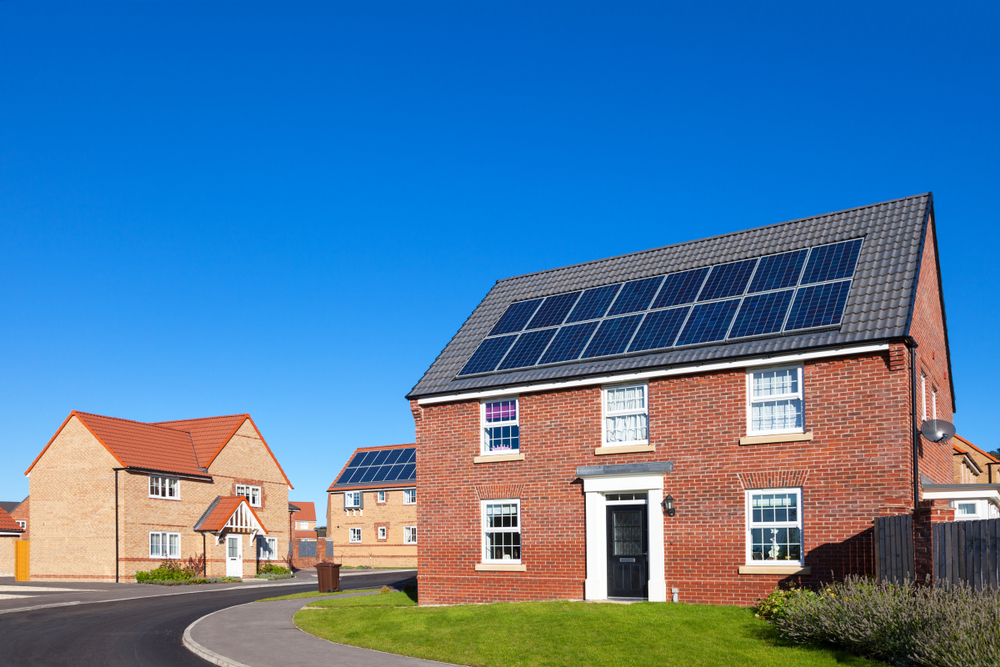Table Of Content
- Solar power system cost based on your location, roof, power usage, and current local offers.
- Types of Solar Power Systems
- How to pay for solar panels
- Factor in roof repairs or maintenance
- Best for Battery Backups: DC optimizers with string inverters
- What are the different types of solar panels?
- How much do off-grid solar systems cost?

Solar customers seeking a reasonably-priced, solid product option that features performance levels nearing the capabilities of the most expensive available will likely find the answer they’re looking for with Qcels. His concern, he said, was that owners of wind or solar farms that wanted to expand would use eminent domain to strong-arm their neighbors into giving up land. His concern, he said, was that owners of wind or solar farms that wanted to expand would use eminent domain to strong arm their neighbors into giving up land.
Solar power system cost based on your location, roof, power usage, and current local offers.
A skilled and reputable company ensures proper installation and can guide you in optimizing your system for maximum efficiency. While some companies may offer lower upfront costs, it’s crucial to consider their expertise and track record. Off-grid installations tend to be more expensive because the home has no support from the grid, so more solar panels and large battery systems are needed to cover electricity needs. Solar panels can still generate electricity in indirect sun, although it will be less than if they received direct sun. However, if your roof is shaded or you live in a particularly cloudy region of the U.S., solar panels might not be worth the price tag. Solar panels can be a great solution to rising energy bills or frustration over power outages in your area.
Types of Solar Power Systems
Maxeon sets itself apart from the competition by offering the longest manufacturing warranty in our review at 40 years. With prices and warranty making up 17% of the final score, it is no surprise that Maxeon made the list. Beyond that, the company also places long and impressive output warranties on its solar panels which is why we awarded it the best warranty option.
How to pay for solar panels

The break-even point for most residential solar energy systems is three to 10 years. Installing solar energy generally costs between $0.75 and $1.50 per watt, or between $6,600 and $11,400 for an average-sized 6 kWh system. After incentives, the average cost drops to between $4,600 and $8,000. Perhaps in order to ensure that its panels live up to the company’s lofty expectations and deliver as the warranties imply they will, Maxeon limits its product offerings to just a few solar panel product lines.
Best Solar Panels For Homes Of 2024 – Forbes Home - Forbes
Best Solar Panels For Homes Of 2024 – Forbes Home.
Posted: Tue, 30 Apr 2024 15:10:00 GMT [source]
An installed solar panel system generates electricity to power your home, meaning you wouldn’t need to pay as much for traditional electricity from the grid, ultimately lowering your energy bills. Solar panels can generate major savings if you’re trying to reduce your electricity costs, carbon emissions or both. The primary factor in determining whether or not solar panels are worthwhile for you is the cost you’re currently paying for electricity.
Panasonic panels fall short of the two leaders in only the size category of our scoring methodology. It's one of the categories we weight the lowest, since it seems less likely to materially impact their performance. They go toe-to-toe in performance categories like efficiency and temperature coefficient and have really strong warranties. Besides the obligatory disclaimer that you (likely) don't need the best performing panels available, Panasonic models are at the top of the field. The photons that reach your solar cells and generate an electric current come from somewhere – the sun. Solar energy is created by the constant nuclear fusion reactions occurring deep within the sun.
Clicking it took us directly to the company’s contact form to learn more or start the purchasing process. In addition to offering a relatively small product lineup, Qcells’ website is nearly as thin regarding useful information. We navigated to the site looking for information to help decide if we were interested in learning more about the company’s products. We found many customers report high satisfaction with REC Solar panels, specifically noting their impressive longevity and ability to withstand severe storms on the platform Solarquotes.
The name derives from the 1990s, when the electric meter simply ran backwards when power was being exported, but it is rarely that simple today. Whether or not your solar system qualifies for net metering payments depends on policies and practices in your state and electric utility. Your local electric utility would be a good place to source information on net metering in your service area. The electricity generated from the solar panels moves along a conductive wire to a device called an inverter.
How much do off-grid solar systems cost?

Getting solar panels is like adding anything else large and immovable to your home, namely that you’ll have to take care of it for the long term. You’ll need to periodically clean and maintain your solar system to keep it working at peak performance, as well as continue to pay a bill over the longer term if you finance it. Solar incentives in California can help you reduce the overall price of going solar. Learn more about why solar panels are such a great investment in California. Solar for All will deliver on the Biden-Harris Administration’s commitment to creating high-quality jobs with the free and fair choice to join a union for workers across the United States.
You can find more information on calculating your return on investment with solar panels in our guide. Monocrystalline solar panels cost between $1 and $1.50 per watt on average and are usually the most popular choice. As the name suggests, monocrystalline cells are made with one silicon crystal.
Make sure that the community solar organization works with your local utility company. Today, most solar panels have efficiency ratings between 19% and 21%, offering excellent performance for most homeowners. These panels tend to strike a balance between efficiency and cost-effectiveness. Most people will need to spend between $16,500 and $21,000 for solar panels, with the national average solar installation costing about $19,000. The total cost of a solar installation depends on your location, energy usage, and even the type of equipment you use! Our team of experts put together a complete guide of everything you need to know about solar panel cost so you can decide if solar is right for you and the best ways to save money when going solar.
Multiple pieces of equipment, such as racking, wiring, and inverters, must be installed so the solar panels can power your home. You should also factor in the average cost of a solar array in your state compared to your typical electricity bill. It might make sense to invest in solar panels if you live in a state where bills are normally high but solar costs are low. On the flip side, solar panels might not be worth it if you live in an area where energy bills are usually low and solar panels are more expensive.
The average homeowner in the U.S. will spend about $9,117 on a new roof. Roof maintenance will not be factored into the price of a solar panel system, so it’s an important cost to consider before signing a solar contract. To better understand the installation process, we recommend speaking to a solar energy consultant, especially since there are many things to consider and each home is unique. A consultant can let you know how long installation usually takes on homes similar to yours.

No comments:
Post a Comment